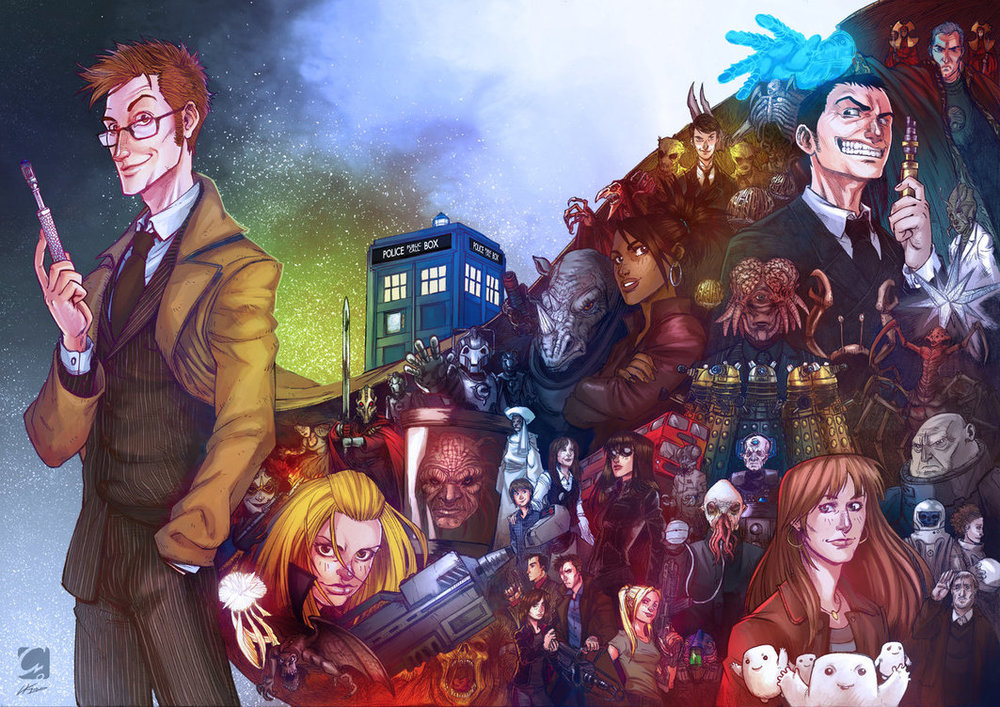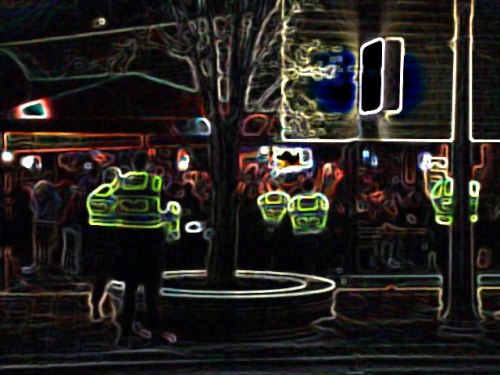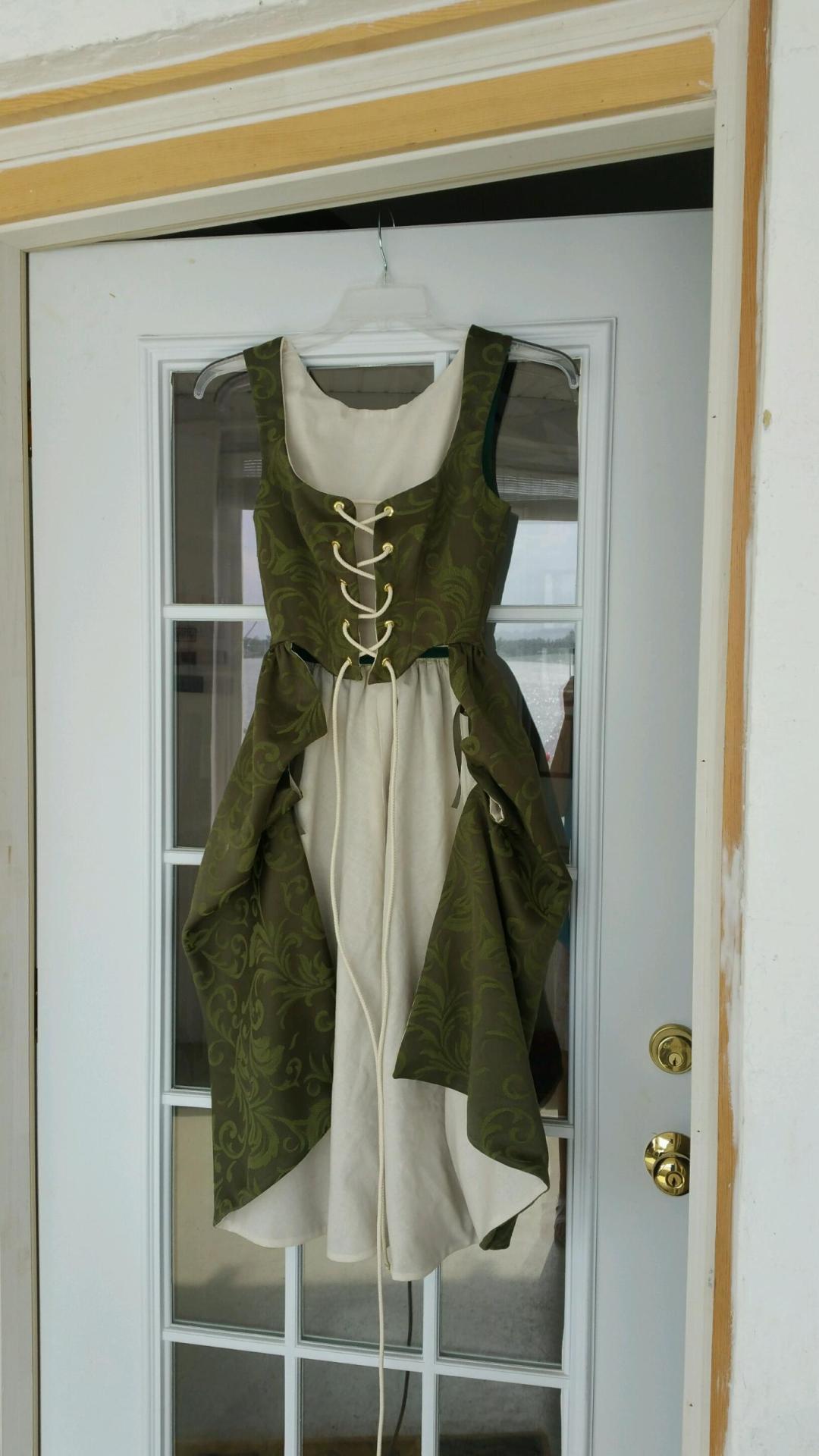The Last Lecture is a book and lecture by Randy Pausch, a professor at Carnegie Mellon who has since passed away from cancer. It was founded on a tradition of professors being able to give on last lecture at the university on a topic of their choosing.
Randy wrote and spoke about how to accomplish your childhood dreams but it was also meant as a lasting legacy and lesson for his children.
For me this is my last post. I am graduating in December with a degree in communications and moving to Chicago for a new adventure. As I sit struggling through my last finals week there is a certain amount of satisfaction and enjoyment I have of this final finals week. I believe and have always believed I was meant to go to a large university and I was right, higher education isn’t for everyone, but it was for me. I look at all the things I’ve done but still question my expertise. I wonder if the work I’ve done in classes was really enough for a degree, to be universally acknowledged as having an amount of expertise in a subject matter.
That is that what I’ve learned here. Upon graduation or during school there are always things to learn and if you only learned the subject matter that is printed on your degree, your education is not whole. Being at the university has shown me what makes a friend for life and what a friend is that just passes through and to hold onto the people that will help you in life, not just for a day. There are people that are not worth keeping in your life and that’s okay. Everyone isn’t for everyone and energy should be focused on positive relationships not negative ones.
I have also learned you don’t have time you make time for the things you want in your life. If you want to be part of a club, have a social life or spend time on something outside of studying you have to make time for it. With the amount of work and readings classes handout you could spend time on little else. The University of Michigan has taught me so much about balance and prioritizing, because something will always try to take away time and we must make time for the things we love.
Lastly, I’ve learned failure is natural and it is how people cope with it that can define them. Coming here people told me it will be a hard adjustment to become “average,” because everyone is going to be smart and accomplished. The adjustment to being around other smart people was not difficult in the least. It was refreshing in all honesty. What was hard to adjust to wasn’t comparing myself to other people but comparing myself to the standards set by the university and the level you had to achieve at to get an okay grade. I failed classes, and many of my friends did poorly in classes that they needed to do well in. What people need to learn is to be okay with failure, to learn that it does not define everything but is a genuinely upsetting set back, but not something to be wallowed in. Roll around and be sad about it that’s fine but also learn to get up and figure out how to do better next time. Learning to be flexible and adjust to the wind so that a small problem stays small and don’t spiral has been one of my greatest lessons here. We all fall down sometimes and need to learn how to pick ourselves back up again but the staying down is what we need to fend off.
There is just so much to learn, and I hope your time at the university has been as magical and challenging as mine. Thanks for reading, Maria out.







